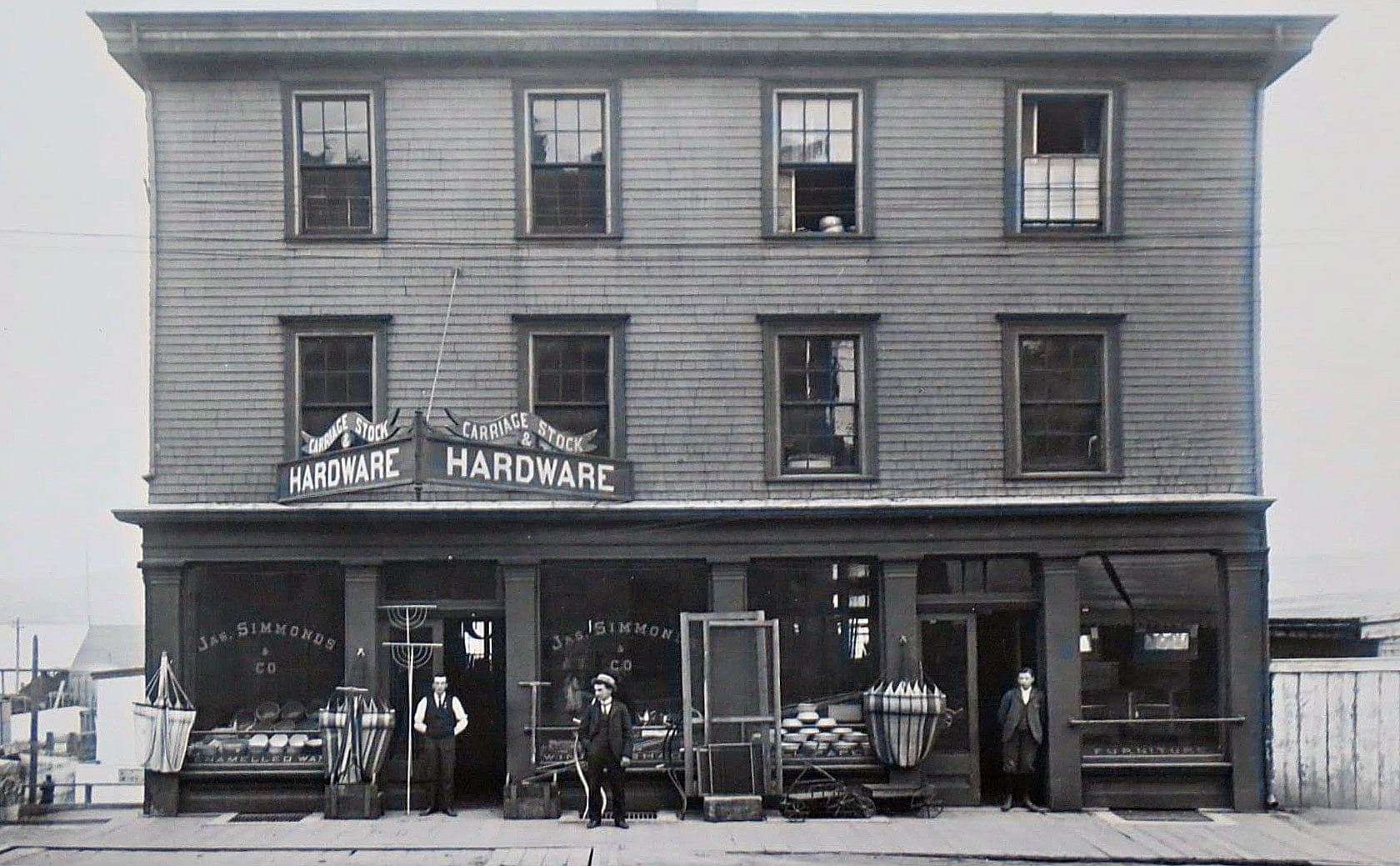From The Story of Dartmouth, by John P. Martin:
Dartmouth collected over $1,000 for the Springhill Mine Disaster fund in 1891. The Dominion decennial census gave our population as 6,252. The Statistical Year Book gave it as 4,576. Newspaper comment was that the first mentioned figure must have included the whole polling district, and the 4,576 was for Dartmouth municipality only. (Compare the 1881 and 1901 census.)
Dartmouth professional speed skaters of that era included Charles Moore, “Si” Faulkner, “Bob” Patterson and George Misener, Some fast amateur skaters were Ted Graham, Bud Swaffer, Jack Warner, Arch Mosher, William Foston, Frank and George Young, Charles and Sandy Patterson.
One evening at the Halifax Empire Rink in January 1891, Alexander (Sandy) Patterson captured the mile junior, the senior and the three-mile skating championship of the Maritime Provinces.
At Montreal in February the Patterson brothers participated in the Canadian amateur skating championships, and made a creditable showing. Charles finished second in the one-mile and five-mile contests. In the latter race “Sandy” was fourth.
That winter A. M. Beck had the 250-ton Falconer house hauled out to the street and then easterly along Ochterloney until it was moved back to its present position known as the Greenvale Apartments. The Beck family occupied the place for many years.
Wooden Greenvale School opened in May when pupils vacated Elliot School at 58 Dundas Street, the Town Hall classroom and two rooms in Central School. The new building accommodated some 250 children of primary grades including those of Miss Hamilton’s Kindergarten. In October Harris S. Congdon resigned as Supervisor, and was succeeded by Inglis Craig, then Principal at Parrsboro. Mr. Craig later became a School Inspector.
John E. Leadley, who had kept the Post Office in the shop of his residence on the southwest corner of Portland and King Streets since the fire at Poplar Hill, moved in 1891 to the house and shop still standing at the southwest corner of Water and Ochterloney Streets. As there was then no such thing as letter-delivery, the change was welcomed by northend people. About this time the Dominion Government purchased from the Ferry Commission the property adjoining Simmonds Hardware store as a site for Dartmouth’s long-promised brick Post Office building. The old houses to the southward of the site were to be removed so as to widen Steamboat Hill.
Contractor John T. Walker built the modern store at 22 Ochterloney Street for his brother E. M. Walker, the grocer. The old shop was demolished, as also was a high antiquated dwelling adjoining on the west. Across the street on the present location of the Belmont banquet hall, W. B. Elliot’s grocery business was purchased from his son Frank M. Elliot by J. M. Weeks formerly employed with E. M. Walker.
The railway bridge across the Narrows, which had been in operation over five years, was partly carried away by a hurricane in September. Freight for Dartmouth was now held up at Halifax and had to be hauled here by teams via the ferry.
The contentious question of a modern water and sewerage system for Dartmouth, which had been bobbing up intermittently since the first Water Company was incorporated in 1845, finally got settled in the late summer of 1891 when a definite beginning was made on this long-contemplated project.
The contract for trenching and pipe-laying was awarded to Donald Sutherland of Shubenacadie. He soon had a gang of Italian laborers at work laying long lengths of Londonderry iron pipe which were 20 inches in diameter and extended from Lake Lamont to York’s Hill. From that point towards Dartmouth, a 16-inch pipe was used. The route followed down through the present Lakecrest Drive, and at Hooganinny Cove near the foot of Sinclair Street, the trench continued along the slope of Silver’s Hill to meet the main highway at the Micmac Club.
Good progress was made all that autumn, and even during part of January which happened to be an exceptionally mild month. At the same time, construction of sewer outlets was commenced on the harbor shore at North Street and at the southern extremities of Water Street and of Wentworth Street into the Canal stream.


